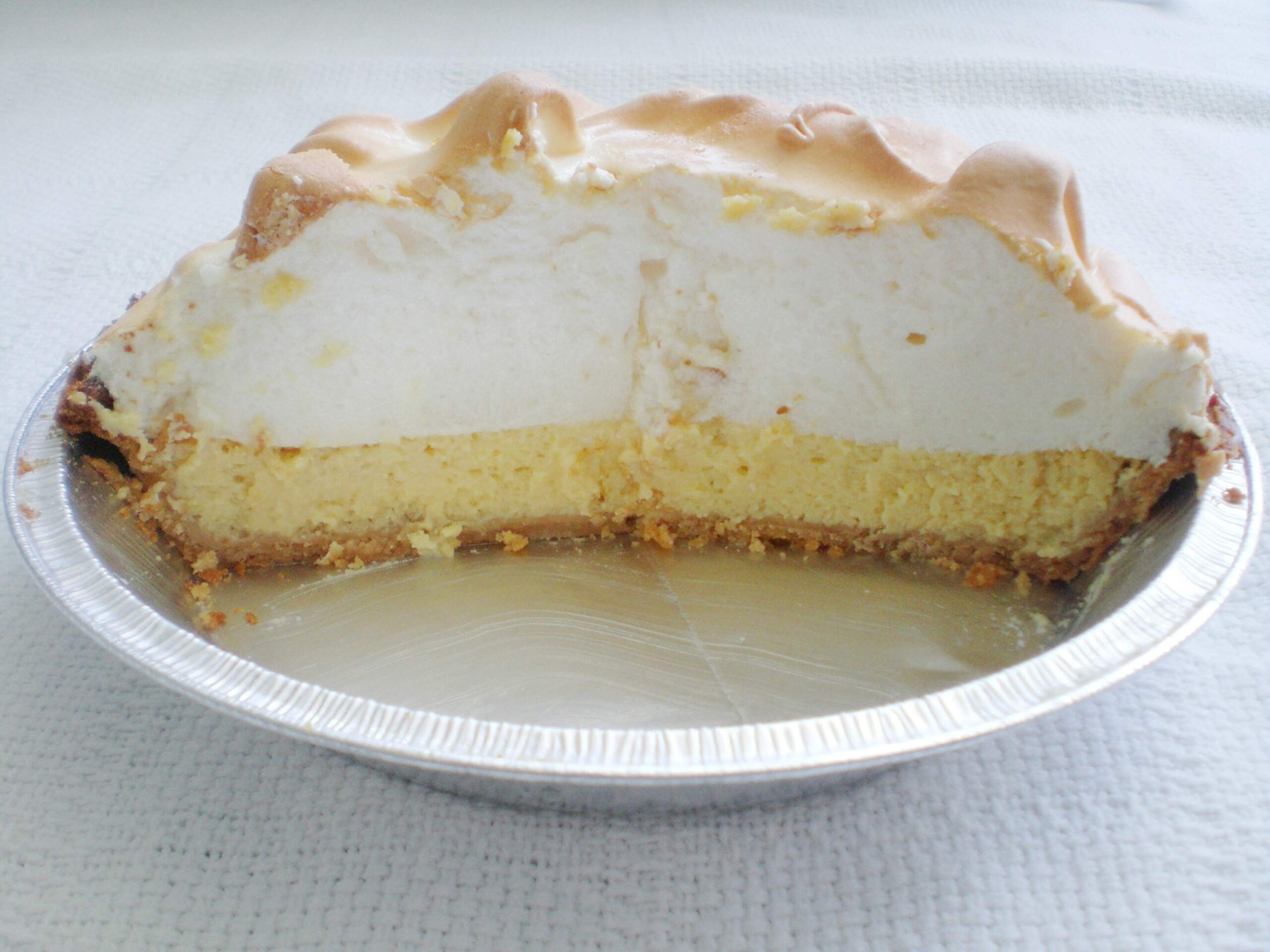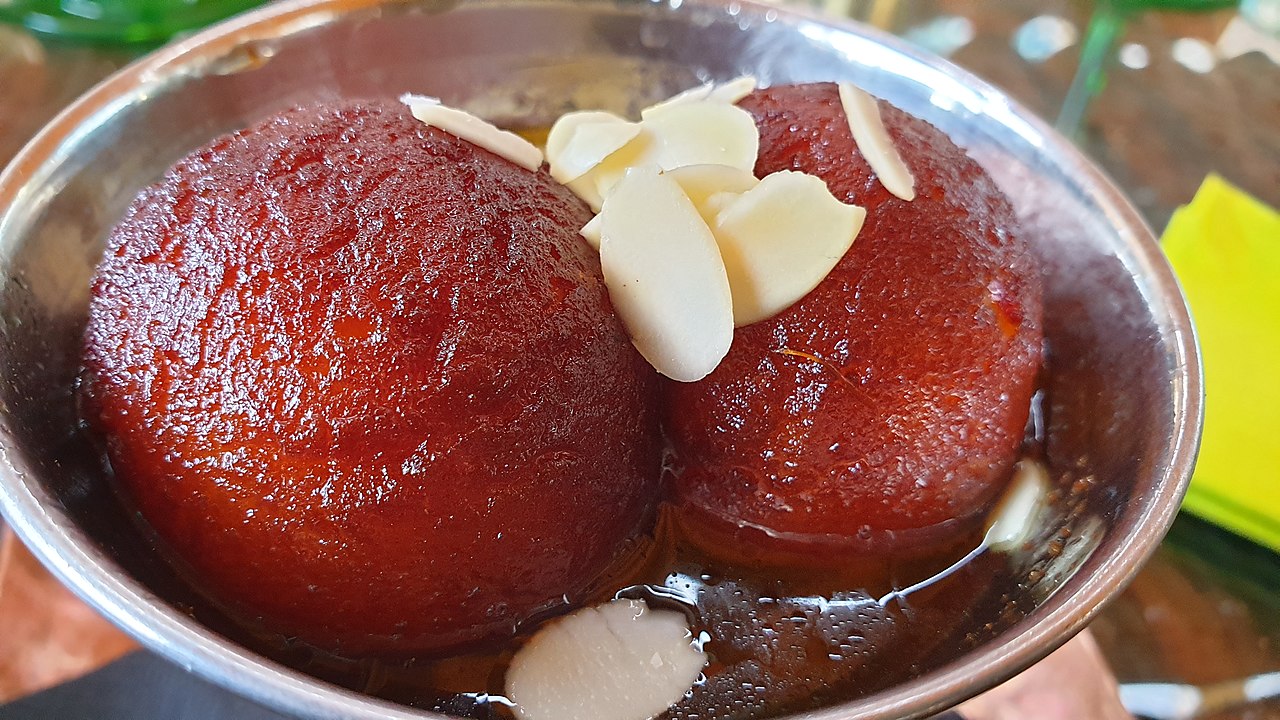From delicate pastries to indulging and mouth watering treats, regional desserts offer a glimpse into one’s unique cultural heritage that reflects the local ingredients, flavors, and culinary experience. Who would dare say no to sweet treats showcasing the fantastic stories of the past?
They satisfy our cravings and tell influences shaping a particular region’s culinary practices. From the techniques and preparation to their preservation, regional desserts are just a few integral parts of every culture and region worldwide. Take a look at some delicious regional desserts and sweets from various parts of the world:
1. Suspiro de Limeña (Peru)
First documented in the New Dictionary of American Cuisine (1818). “Suspiro de Limeña” translates to “Sigh of the woman from Lima.” It is a beloved part of Peruvian cuisine and is often featured in celebrations and special occasions.
The base is manjar blanco, the Peruvian name for dulce de leche, which is a form of blancmange (a cream made with milk, sugar, egg yolks, vanilla, and almond flour). It is made by boiling sweetened condensed milk until it thickens and turns a rich caramel color. This process makes dulce de leche in many Latin American countries. On top sits a light and fluffy meringue piped on manjar blanco. The meringue is often lightly toasted, giving it a golden color and a slightly crispy texture.
2. Whoopie Pie (New England and Pennsylvania)
You can’t say no to a pie that consists of two soft, cake-like cookies or rounds with a creamy filling sandwiched in between! Whoopie pies are a classic dessert popular in Maine and Pennsylvania. Both claim that this sweet delight started in their regions. The former says they were first sold at Labadie’s Bakery in Lewiston in the 1920s, the latter claiming Amish chefs invented them. As the debate continues, one thing is sure: they are often quite large, making them a substantial and satisfying treat!
3. Key Lime Pie (Florida)
Key lime pie is a delicious dessert closely linked with the state of Florida, USA. It is named after crucial lime, a tiny, tart lime originating from the Florida Keys, and has a distinctive flavor. Britannica’s online article about the pie suggests that imported limes or bottled juice are used in many pies today.
Usually, the graham cracker crust is filled with fragrant custard made with lots of juice and sweetened condensed milk.
Further, to celebrate this popular dessert, Key West, Florida, holds an annual Key Lime Festival to celebrate this iconic treat. Festivals often include pie-eating contests, cooking demonstrations, and other lime-themed events.
4. Banoffee Pie (England)
Banoffee pie is a classic dessert that originated in England. It is a delicious and indulgent dessert made from a few simple ingredients, and its name is a portmanteau of banana and toffee on a buttery biscuit base topped with cream. This sweet treat dates back to 1971 and was developed by Nigel Mackenzie and Ian Dowding, owners and chefs of The Hungry Monk restaurant in East Sussex.
5. Danish Kringle (Racine, Wisconsin)
Danish Kringle is a delicious pastry from Racine, Wisconsin, and it has become a beloved treat in the region. It’s made up of 32 layers of flour, butter, and flour folded several times to create a delicious dough with a spongy texture.
This pastry is a sweet, flaky, and layered pastry filled with various sweet fillings and often topped with icing or powdered sugar. The dough is cooled and filled with nuts like pecans, walnuts and fruit like raspberries or cherries. It’s typically made in a large oval or pretzel shape.
6. Brigadeiros (Brazil)
Brigadeiros are a popular Brazilian sweet, often enjoyed during celebrations and parties. With its simple steps, you will already have a delicious and melting texture tempting for everyone’s appetite. They are made with just a few basic ingredients, mainly condensed milk, cocoa powder, butter, and chocolate chips. Its secret comes from deciding what toppings to put. You can get creative with them by adding different coatings or flavors, such as shredded coconut, chopped nuts, or colorful sprinkles.
7. Trdelník (Slovakia & the Czech Republic)
While trdelník is closely associated with Slovakia and the Czech Republic, it has also gained popularity in other countries thanks to its unique and delicious flavor. It’s worth trying if you can visit these regions or a bakery specializing in this delightful pastry.
It is a sweet, cylindrical pastry made from dough wrapped around a cylindrical spit, usually made of wood or metal, and you can see vendors across the two republics using the spits to spin the trdelník, turning slowly. The dough’s sweetened flavor with cinnamon and nuts, such as almonds or walnuts, offers a delectable taste.
8.Portokalopita (Greece)
Portokalopita is a cake made with fresh oranges, yogurt, filo, and cinnamon—a combination everyone wishes to try. Depending on where you are in Greece, there may be variations; it can be sticky, rich, or slightly cold, served with ice cream or semolina. Its sweet, citrusy flavor and a lovely combination of textures from the crispy phyllo and the creamy semolina filling will make tourists buy for more.
People still wonder if it was invented in mainland Greece, Crete, or Cyprus. Either way, they can argue it with a piece of cake paired with a steaming hot cup of coffee, and it’s a perfect day for everyone.
9. Moravian Sugar Cake (North Carolina and Pennsylvania)
Moravian Sugar Cake has its roots in the Moravian communities of North Carolina and Pennsylvania, where Moravian settlers brought their baking traditions with them from Europe. It is a delicious and iconic regional dessert considered a coffee cake with a warm, gooey topping and a soft, buttery cake, making it a comforting and indulgent treat.
In North Carolina, Dewey’s Bakery in Winston-Salem has been making these sweet, satisfying buttery cakes since 1930. Winston-Salem is also touted as the hub for the incredibly thin Moravian cookie, which contains molasses, cloves, and ginger in its form.
10. Gulab Jamun (India)
Not only a popular dessert in India but also famous in other South Asian countries like Pakistan and Bangladesh, Gulab Jamun established its sweet reputation. It’s a delicious treat often enjoyed during festivals like Diwali and Eid, on special occasions such as weddings, and as a dessert after meals.
They are made by preparing a mixture of condensed milk with some flour and a little cardamom before being shaped into balls and deep-fried. Once coated with rose-flavored sugar syrup, they’re ready to enjoy. Gulab Jamun can be served hot or at room temperature, and it’s a beloved dessert in Indian cuisine.
11. Bingsu (South Korea)
Bingsu is served in various flavors and combinations, catering to different tastes and preferences. It is a popular and refreshing Korean dessert consisting of shaved ice topped with various sweet toppings. It is trendy during the hot summer months in South Korea but can be enjoyed year-round.
The name bingsu is derived from the Korean words for ice and water, which is delicious and visually appealing, often served in decorative bowls or containers. Traditionally, bingsu consists of finely ground shaved ice into a snow-like texture, then topped with various sweet ingredients. Toppings can vary, but popular ones include sweet red bean paste, fruits like strawberries, kiwi, mango, condensed milk, ice cream, and sometimes rice cakes. The combination of these elements makes for a sweet and refreshing dessert.
12. Bonet (Italy)
A combination of chocolate, cocoa, caramel, amaretti, rum, coffee, milk, eggs, and sugar, Bonet is a creamy caramel-flavored custard typically served with a flavored sauce. Bonet is a specialty of the Piedmont region of Italy (northwest, around Turin), and the name means hat. One reason is that it is initially served in an upside-down chef’s hat-like copper soup bowl; the other is for dessert; all you have to do is put on your hat and go.
Conclusion
Regional and traditional desserts are not just sweet treats; they are tangible links to a culture’s past, a true reflection of one’s history, becoming a source of cultural pride. A journey to these desserts can provide a delicious and insightful awareness of the traditions and stories of different communities worldwide.




